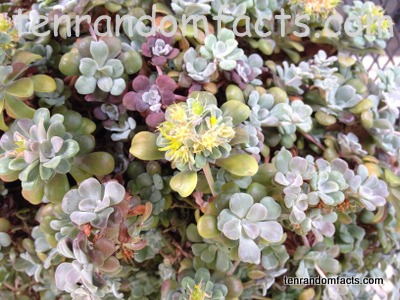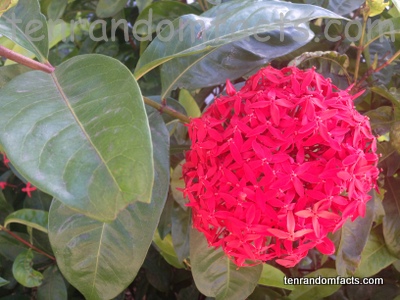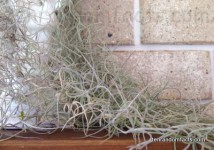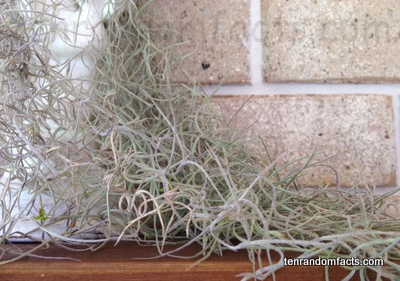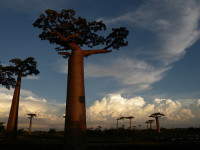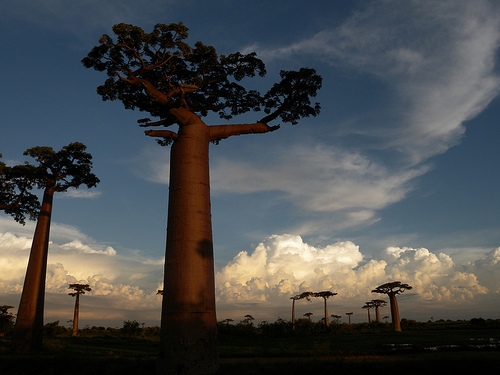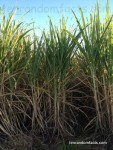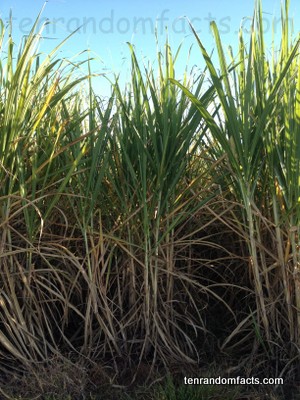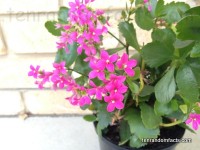
Kalanchoe blossfeldina is a toxin in disguise.
- Kalanchoe blossfeldiana is a species of succulent plant that is perennial and also evergreen.
- ‘Kalanchoe blossfeldiana’ is also known as ‘florist kalanchoe’, ‘kalanchoe’, ‘Christmas kalanchoe’, ‘flaming Katy’ and ‘Madagascar widow’s-thrill’.
- Kalanchoe blossfeldiana is known as the scientific name of the plant, which is from the family Crassulaceae, the family of stonecrops.
- The height of kalanchoe blossfeldiana generally reaches around 30 to 45 centimetres (12 to 18 inches) although smaller varieties are available.
- Kalanchoe blossfeldina is native to the plateaus of Madagascar, Africa, and the plant is slow growing.
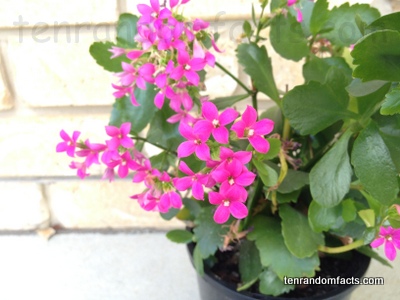
- The flowers of Kalanchoe blossfeldina have four petals, though they can have more if they are a double variety, and they bloom numerously in clusters for long periods during autumn and winter months.
- The colours of Kalanchoe blossfeldina flowers ranges from yellow, red, orange, purple, pink and white.
- Kalanchoe blossfeldina is commonly used for ornamental purposes, particularly as a pot plant or in gardens.
- The best growing conditions for kalanchoe blossfeldina is full sun and warm climates, while the plant needs significant exposure to light to thrive.
- On consumption, Kalanchoe blossfeldina is toxic, particularly to animals, and the flower contains the highest concentration of toxins.




